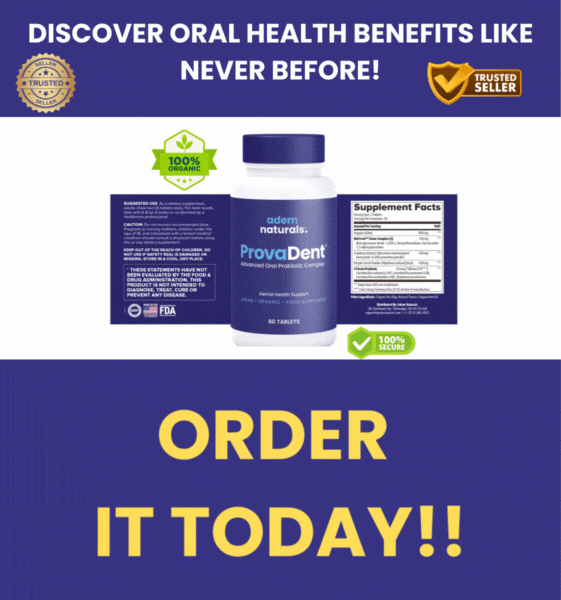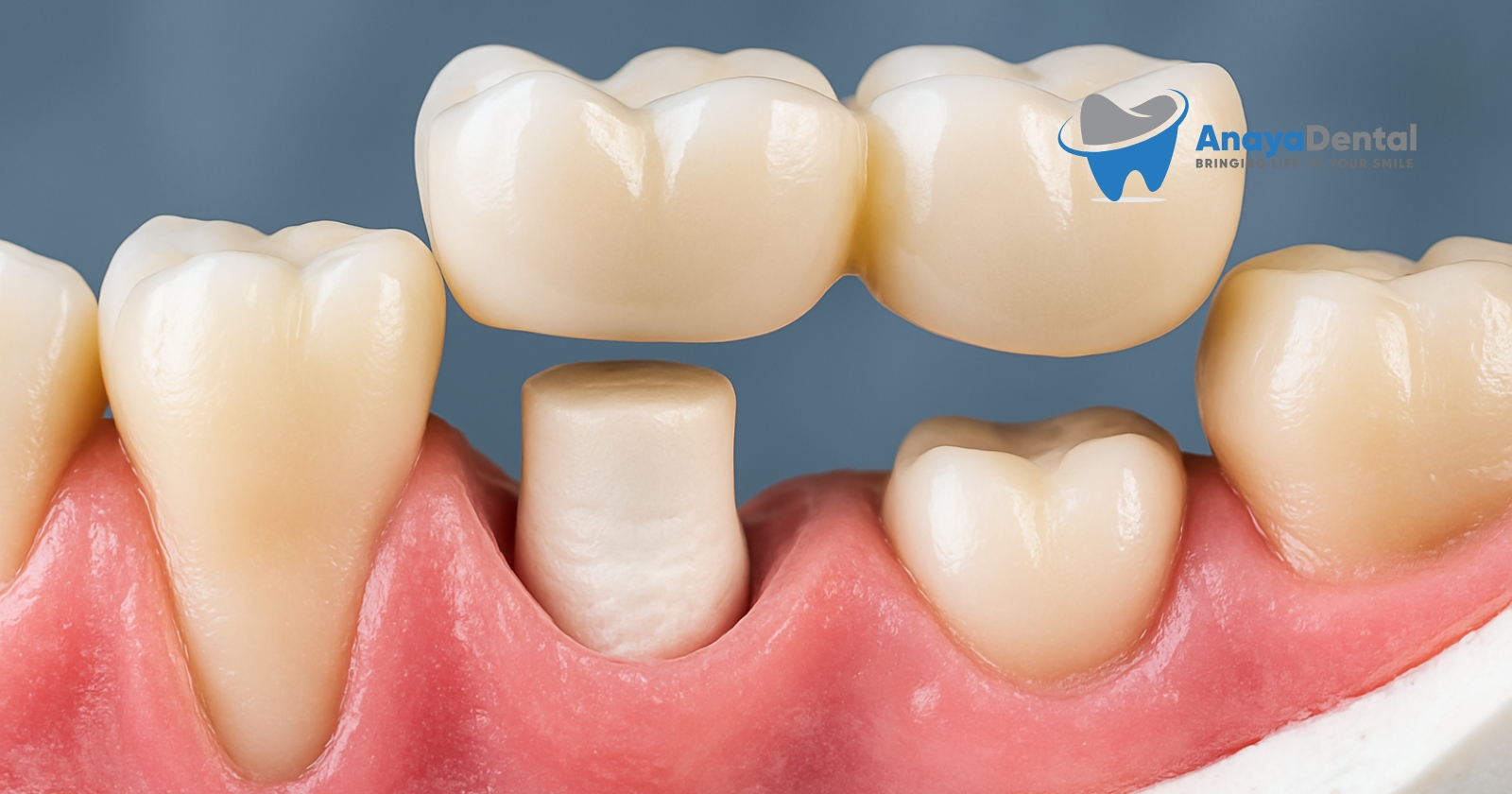Are you struggling with persistent gum disease that won’t respond to standard treatments? The D4381 dental procedure might be the solution you haven’t considered yet. This specialized treatment delivers powerful medications directly where you need them most—beneath your gumline—and could make a significant difference in your periodontal health.
What Exactly Is the D4381 Dental Code?
The D4381 dental code represents a specific periodontal procedure officially described as “localized delivery of antimicrobial agents via a controlled release vehicle into diseased crevicular tissue, per tooth.” In simpler terms, it’s a targeted treatment where your dentist places antibiotics directly into infected gum pockets around specific teeth.
This procedure is not a standard cleaning but rather a specialized treatment for moderate to severe cases of periodontal disease that haven’t responded adequately to traditional methods.
Try Our Dental Calculators
When You Might Need This Procedure
Your dentist might recommend the D4381 procedure when:
- You have periodontal pockets measuring 5mm or deeper
- Standard scaling and root planing (deep cleaning) hasn’t resolved your infection
- You show continued signs of active periodontal disease despite previous treatments
- You need targeted therapy for specific problem areas rather than full-mouth treatment
How the D4381 Procedure Works
When you undergo this treatment, here’s what typically happens:
- Your dentist first identifies the specific teeth with infected periodontal pockets
- The area might be numbed, though many patients report minimal discomfort
- Antibiotic medication, usually in the form of microspheres or gel, is carefully placed deep into the periodontal pocket
- The medication releases slowly over time (typically 7-10 days), fighting infection directly at its source
The most commonly used medications include:
- Arestin® (minocycline hydrochloride microspheres)
- Atridox® (doxycycline hyclate gel)
- PerioChip® (chlorhexidine gluconate)
These controlled-release formulations allow for sustained antibiotic action without the side effects sometimes associated with oral antibiotics.
What You’ll Experience During and After Treatment
The D4381 procedure is typically:
- Quick (often completed in minutes per tooth)
- Minimally invasive with little to no discomfort
- Performed without anesthesia in many cases
- Completed in a single visit
Following treatment, you may notice:
- Mild tenderness at treatment sites
- Temporary taste of the medication
- Gradual improvement in gum health over several weeks
Your dentist will provide specific care instructions, which generally include continuing your regular oral hygiene routine while avoiding disturbing the treated areas.
The Real Costs of D4381 Treatment
Typical Fee Range
The cost of D4381 treatment varies significantly based on geography and specific practice, but you can expect to pay:
| Number of Teeth | Approximate Cost Range |
|---|---|
| Single tooth | $30-$100 per tooth |
| 4-6 teeth | $120-$600 total |
| Full mouth | $700-$1,500 total |
Important note: This procedure is typically billed per tooth, not as a full-mouth treatment.
Insurance Coverage Considerations
Dental insurance coverage for D4381 varies widely:
- Many plans classify it as a periodontal procedure with 50-80% coverage
- Some plans limit the frequency (often once per site every 12 months)
- Most require documentation of active periodontal disease
- Pre-authorization may be required for multiple teeth
Before proceeding, request a detailed pre-treatment estimate from your dental office to verify your expected out-of-pocket costs.
Payment Options When Insurance Falls Short
If your insurance doesn’t fully cover the D4381 procedure or you don’t have dental insurance, consider these alternatives:
- Dental discount plans: May offer 15-50% savings on periodontal procedures
- Dental credit cards (like CareCredit): Offer special financing for dental procedures
- In-office payment plans: Many practices will create flexible monthly payment arrangements
- Health Savings Accounts (HSAs) or Flexible Spending Accounts (FSAs): Use pre-tax dollars for qualified dental expenses
- Dental schools: Receive treatment from supervised students at reduced rates
Effectiveness: Is It Worth Your Money?
Research indicates that the D4381 procedure can be highly effective as an adjunct to traditional periodontal therapy. A study published in the Journal of Clinical Periodontology found that localized antibiotic delivery resulted in significantly greater pocket depth reduction compared to scaling and root planing alone.
Benefits typically include:
- Reduced pocket depths by an additional 1-2mm on average
- Decreased bleeding on probing
- Less inflammation and discomfort
- Targeted therapy without systemic antibiotic side effects
However, results vary based on:
- Severity of your periodontal disease
- Your overall health status
- Your commitment to ongoing oral hygiene
Alternatives You Should Consider
Before committing to D4381 treatment, discuss these alternatives with your dentist:
- Repeated scaling and root planing: Sometimes a second deep cleaning resolves persistent infection
- Systemic antibiotics: Oral medication that treats infection throughout the body
- Periodontal surgery: More invasive but potentially more definitive treatment
- Laser therapy: LANAP or similar procedures that target diseased tissue
Each option has different cost implications and effectiveness profiles depending on your specific condition.
Quick Review
- D4381 is a dental code for localized antibiotic delivery directly into infected gum pockets
- The procedure costs approximately $30-$100 per tooth and may be partially covered by insurance
- Treatment involves placing slow-release antibiotics into periodontal pockets deeper than 5mm
- The procedure is minimally invasive, quick, and typically causes little discomfort
- Results include reduced pocket depth, decreased inflammation, and improved gum health
- Alternative treatments include additional deep cleanings, oral antibiotics, or periodontal surgery
If you’re struggling with persistent gum disease, ask your dentist whether the D4381 procedure might be appropriate for your situation. This targeted approach could be the missing piece in your periodontal treatment plan, potentially saving you from more invasive and expensive procedures in the future.


